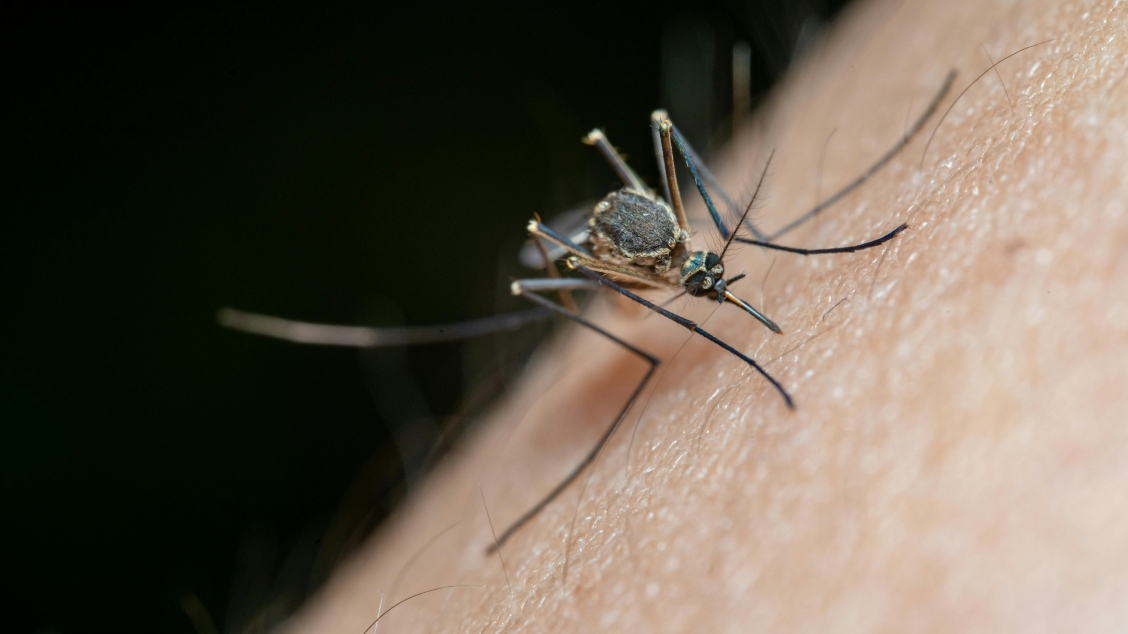
How and Why Virus Variants Emerge
Viruses are one of the most diverse and abundant biological entities on the planet; they branch into different variants as they replicate. The pandemic caused by SARS-CoV-2 and its many variants brought virus variation to the forefront, but it is only one of countless examples. How and why do virus variants emerge?
Here, we’ll answer this question by outlining virus structures, how they replicate, and examples of variants that show up in both plants and mammals.
Virus structure and function
Viruses have a very simple structure: an outer shell made of protein that protects the genetic material, in the form of DNA or RNA, that it uses to reproduce. They cannot reproduce on their own, so they invade the cells of living hosts and use their genetic code to make the host cell reproduce the virus.
They enter hosts through various forms of transmission. Vertical transmission is when a virus is transferred directly from a parent to a child. Horizontal transmission is when it is spread between different individuals, such as through coughing and sexual contact and by insects and contaminated water.
Virus replication
The replication stage is the key to understanding how and why virus variants emerge. In many cases, the terms ‘variant’ and ‘strain’ are used interchangeably.
Let’s look more closely at the two different ways virus variants tend to emerge: antigenic drift and antigenic shift.
Antigenic drift
Variants emerge because replication is prone to errors, in which changes are made in the newly produced virus cells: these are known as mutations. Mutations can be deleterious, neutral, or occasionally favourable.
Over time, these genetic copying errors can lead to changes in the virus’s surface proteins or antigens. Antigens are any substance that causes your immune system to produce antibodies in response.
As the genetic mutations accumulate, the antigen “drifts”, meaning that “the mutated virus looks different than the original virus”. This is known as antigenic drift, as gradual changes caused by replication errors lead to a new variant emerging. As a result, new antibodies and vaccines may be needed to fight it.
Because of the randomness of these errors, the more infections there are, the more likely you are to have a mutation, among other variables.
Antigenic shift
Antigenic shift is less common but more dramatic. This is when there is an abrupt, major change in a virus’s antigens. This is dangerous because hosts will have little to no immunity to the new virus.
Antigenic shift occurs through a process called “recombination” and a specific type of recombination called “reassortment”.
Recombination
Recombination occurs when “at least two viral genomes co-infect the same host cell” and, during replication, they exchange genetic material in the form of gene fragments. This produces a mosaic-like combination, as the new virus’s sequence remains the same but features traits from each parent virus.
Reassortment
Reassortment similarly occurs when two or more viral genomes co-infect a host cell but specifically by viruses with segmented genomes. These viruses interchange complete gene segments, shuffling them to generate a virus with new genome combinations, again featuring traits from each parent.
This occurs with influenza viruses and can increase the chances of them being zoonotically transmitted, which refers to a disease being transmitted from a non-human animal to a human.
The emergence of virus variants
Here, we’ll look at two articles from the MDPI journal Pathogens that talk about how and why virus variants emerge in plants and between animals and mammals.
Plant viruses
Plant viruses affect economically important crops, causing over $30 billion in crop loss annually. These are mostly spread by insects, particularly by aphids, whiteflies, and leafhoppers.
In the first article, the authors look at cases of Begomovirus, which comprises more than 400 species and is transmitted by whiteflies, in chillies. The wide host range, frequent recombination, and high genetic substitution rate through the reassortment of Begomoviruses considerably accelerate their evolution by increasing the number of mutations.
Chilli leaf curl virus
The chilli leaf curl virus (ChiLCV) variant causes between 14 and 100% crop yield losses and can cause severe economic losses in tropical and sub-tropical regions in India. Symptoms include leaf curling, reduced leaf size, and stunting of the whole plant.
Importantly, because “ChilCV has a wide host rage” and is so productive in recombination and at gene swapping, it’s capable of infecting chilli, papaya, tomato, eggplant, hibiscus, and more. It has a strong association with manifestations in Pakistan, Oman, and Sri Lanka.
The authors conclude that “the movement of whiteflies from India to the adjacent countries and similar cropping patterns may be the possible explanation for the intra-species recombination”.
Simply, ChiLCV is so widespread and mutates so frequently that it has the ideal conditions for changes to occur, which increases its chances of moving between species and damaging crop yields.
Avian flu outbreaks
Birds are “a natural reservoir for the influenza virus”, and avian flu outbreaks can be pervasive. For example, the US 2022‒2023 avian flu outbreak cost the US government $661 million and led to more than 58 million birds being slaughtered across 47 states.
Avian flu can be highly lethal and spreads rapidly, which means zoonotic transmission would be very threatening.
Avian-to-mammal transmission
The second article looks at avian-to-mammal transmission of avian influenza. The authors performed full genomic sequencing of cases of highly pathogenic avian influenza (HPAI) in wild carnivore species, including red fox, otter, and badger, during the lengthiest HPAI season in Europe, taking place 2021‒2022.
The authors found that the “carnivore viruses were not genetically closely related” and the mammals “did not cluster geographically”, thus suggesting “the mammals were infected by separate virus introductions”. The mammals likely obtained the virus from eating infected bird carcasses or ingesting water contaminated with the virus.
The threat of HPAI
Because HPAI is highly infectious, birds are so widespread, and the virus is capable of reassortment, HPAI can transmit across species as it did to these carnivore species.
The authors discovered a marker in the virus that enables it to “rapidly adapt to replication in mammals”, which “may increase the risk for transmission to humans”. They conclude, “although the chance that such mutations will arise in an infected animal is very small, the impact of the emergence of a zoonotic virus with potentially pandemic characteristics may be large”.
Publish open access to help manage viruses
Pathogens is a journal published by MDPI that features cutting-edge research on all aspects of pathogens, which include disease-causing microorganisms like bacteria and viruses, and pathogen‒host interactions.
Both highlighted articles address the risk of virus variants with potential inter-species transmission. Larger infection rates increase the chances of such mutations, so managing viruses like these is crucial.
MDPI makes all its research immediately available worldwide, giving readers free and unlimited access to the full text of all published articles. As the emergence of these virus variants highlights, managing viruses requires a constant, coordinated, and concentrated global effort. Open access supports this by ensuring vital work in journals like Pathogens is available to all.
Are you looking to contribute to this global effort? Why not consider submitting to our journal Pathogens; see our full list of journals for more.










